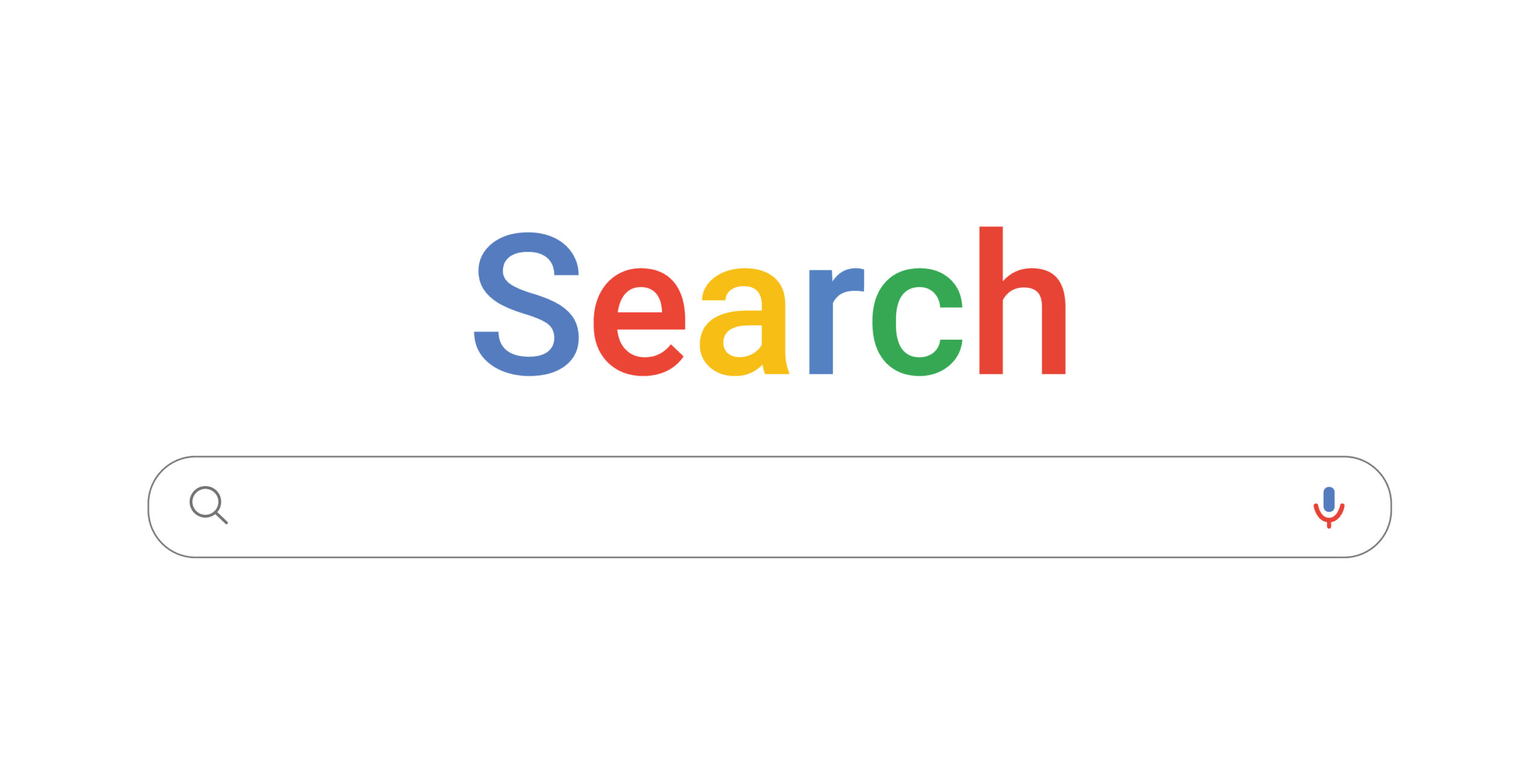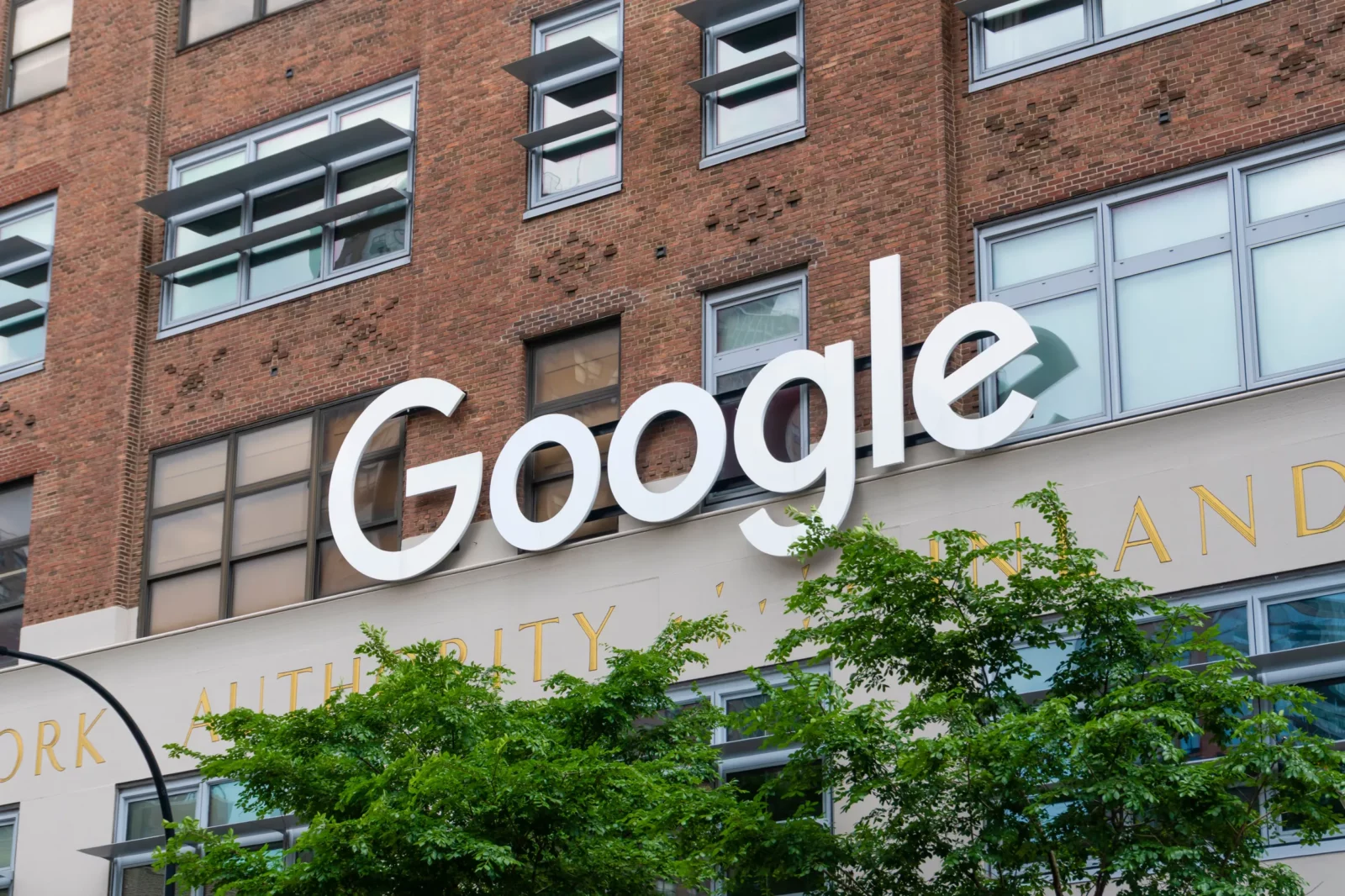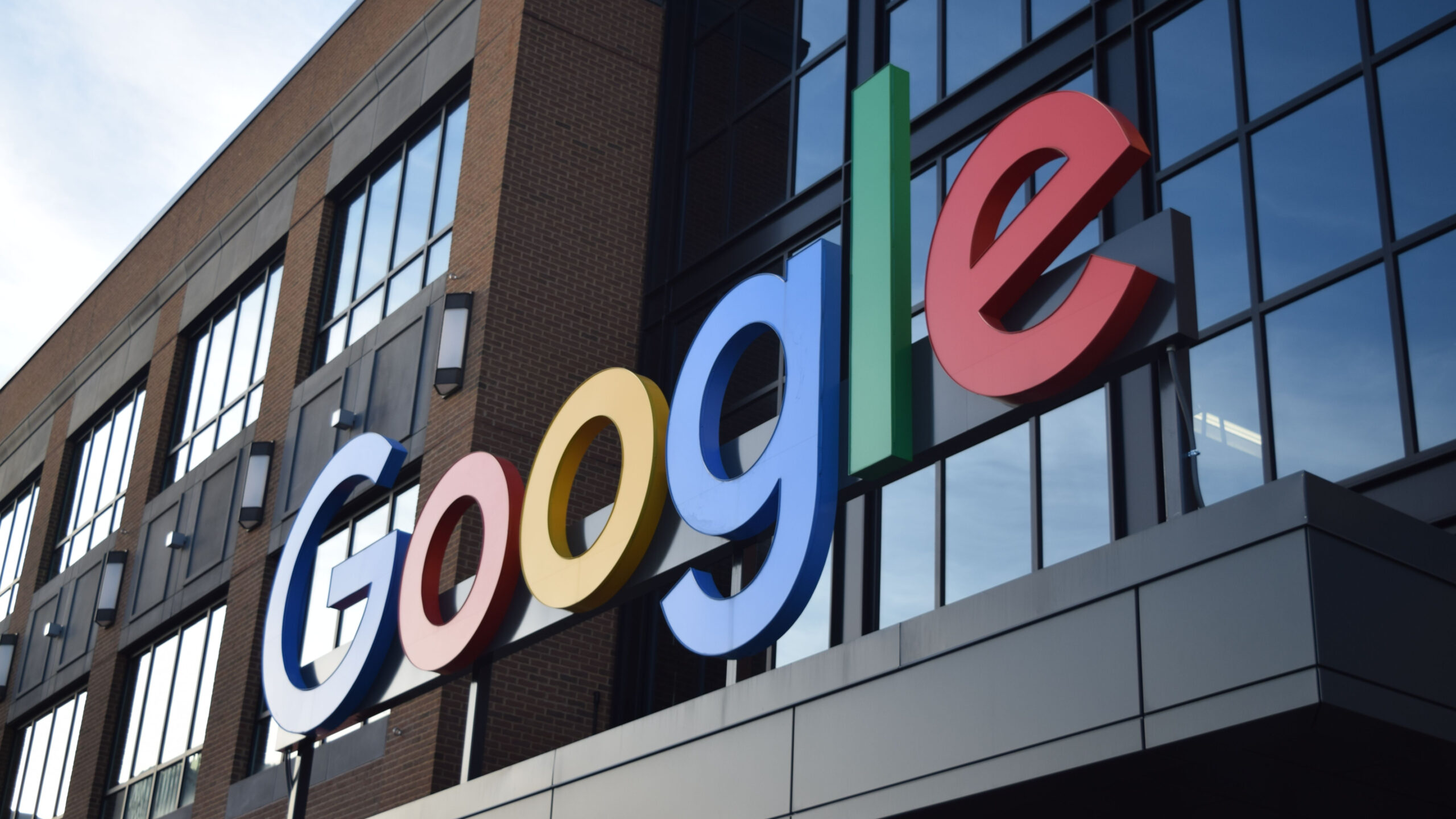Amicus Briefs Filed in Support of Google’s Petition in Oracle Case
This week is Fair Use Week, an annual celebration of the important doctrines of fair use and fair dealing. It is designed to highlight and promote the opportunities presented by fair use and fair dealing, celebrate successful stories, and explain these doctrines.
Earlier this week, fourteen amicus briefs were filed in support of Google’s petition to the Supreme Court to review the decisions of the U.S. Court of Appeals for the Federal Circuit (“CAFC”) in Oracle’s long-running copyright infringement litigation against Google. See here for a summary of Google’s petition and the litigation until this point. One of the major issues in the case is whether Google’s replication of some elements of the Java application programming interface (“API”) was a fair use.
The fourteen amicus briefs can be divided into three groups: law professor briefs; industry briefs; and public interest briefs. All the briefs can be found on the Electronic Frontier Foundation website.
Law Professor Briefs
There were three briefs filed by law professors:
- Professor Pam Samuelson filed a brief on behalf of 65 intellectual property law scholars. This brief argued that the Court should grant Google’s petition because there was a circuit split on the scope of copyright protection for software, in particular the relevance of compatibility concerns.
- The Cyberlaw Clinic at Harvard Law School filed a brief on behalf of eight IP scholars. This brief focused on fair use, requesting that the Supreme Court clarify the transformative use test, the relationship between the first and fourth fair use factors, and the appropriate standard of review of fair use determinations.
- Professors Peter Menell and David Nimmer made two points. First, the CAFC’s decisions conflict with the Supreme Court’s ruling in Baker v. Selden, misinterpret Congress’s codification of the idea/expression dichotomy in 17 U.S.C. § 102(b), and upend nearly three decades of sound and well-settled decisions on the scope of copyright protection for computer software. Second, by failing to apply Ninth Circuit copyright law faithfully, the CAFC has established itself as the de facto national appellate software copyright tribunal. Any software company can secure exclusive CAFC appellate jurisdiction over copyright issues by bringing software copyright and patent claims in the same complaint, thereby circumventing regional copyright law.
Industry Briefs
Eight briefs were filed by participants in the software industry, including software companies, computer scientists, and trade associations. These briefs stressed the importance of access to APIs to the development of interoperable software, and how the CAFC’s decisions disrupted the long-standing expectation of software developers that copyright did not prevent the reuse of APIs.
- While the law professors briefs focused on the split between the panel’s decisions and decisions in the Supreme Court and other circuits, the amicus brief submitted by the Computer & Communications Industry Association (“CCIA”), centered on the divergence between the panel’s decisions and the global consensus that has emerged over the past 30 years on the appropriate scope of protection for computer software. (I was the counsel of record on this brief.) Courts and legislatures around the world have applied copyright to software in a manner that facilitates, rather than inhibits, legitimate competition. Thus, the European Union in 1991 adopted the Software Directive, which requires member states to permit the reverse engineering of computer programs for the purpose of achieving interoperability. In 2012, the EU’s highest court, the Court of Justice of the European Union, in SAS v. World Programming, interpreted the Directive as precluding copyright protection for a computer program’s functionality, programming languages, or the formats of data files.
The CCIA brief then described how policymakers in the Pacific Rim encouraged the development of domestic software industries by following either the U.S. fair use approach based on Sega v. Accolade or the specific statutory exception approach of the Software Directive. The brief referenced amendments to the copyright laws of Australia, Hong Kong, Singapore, Canada, Chile, Malaysia, New Zealand, the Philippines, South Korea, Taiwan, and Japan to promote competition through interoperability. Nations in other regions followed suit, including India, Kenya, Israel, Zimbabwe, and Malawi. The brief also discussed the inclusion in U.S. free trade agreements of provisions modeled on the interoperability exception to section 1201 of the Digital Millennium Copyright Act (“DMCA).
The brief explained that over 40 countries, including many major U.S. trading partners, have recognized that permitting copyright law to obstruct competition would impede the growth of the software industry and the Internet economy. By extending copyright protection to software interfaces, and overturning the jury’s fair use finding, the panel’s decisions thus runs contrary to global competition-enhancing copyright norms that have evolved in part in response to U.S. case law and the DMCA.
- In its brief, Microsoft criticized the CAFC’s unduly narrow test for transformative use of functional works such as software. Microsoft argued that using APIs for the same purpose in a different platform could be transformative. The CAFC’s overly-restrictive application of fair use would harm collaborative efforts in the software industry, which rely on the breathing room provided by fair use.
- The Python Software Foundation and Tidelift stated that the CAFC erred by overlooking Oracle’s conduct in the marketplace when assessing fair use–in particular, Oracle’s decision to release its software under a GNU General Public License. It encouraged other developers to use its APIs, which is exactly what Google did.
- Seventy-eight computer scientists represented by the IP and Innovation Clinic at Stanford Law School filed a brief requesting that the Supreme Court review the CAFC’s decisions because they undermine a fundamental process—software interface reimplementation—that has enabled innovation in the software industry for decades. They asserted that software interface reimplementation is a long-standing, ubiquitous practice that has been essential to realizing fundamental advances in computing.
- Similar arguments were made by four separate briefs filed by the Developers Alliance; Red Hat; Mozilla, Mapbox, Medium, Patreon, Etsy, and Wikimedia; and Software Innovators, Startups, and Investors.
Public Interest Briefs
- In its amicus brief, the Electronic Frontier Foundation argued that Supreme Court review is needed because courts are incorrectly viewing the CAFC’s copyrightability decision as binding or persuasive authority, thereby displacing regional circuit law.
- The amicus brief of the American Antitrust Institute drilled down on the adverse impact of the panel’s decisions on competition. Copyright on largely functional elements of software that have become an industry standard—like the software interfaces at issue here—gives a copyright owner anticompetitive power to tax innovative developments that build upon the elements, and to misappropriate for itself investments by users or developers in learning those elements.
- R Street Institute and Public Knowledge argued that because of the critical role of software interfaces in competition and innovation in a wide range or products, extending copyright to software interfaces may precipitate government intervention in the form of government standard setting or regulation.
Oracle will have the opportunity to respond to Google’s petition and the amicus briefs supporting it. Respondents typically ignore the amicus briefs supporting the petitioners. Here, however, Oracle may feel compelled to respond to briefs submitted by the country’s leading IP scholars, computer scientists, and software firms.








